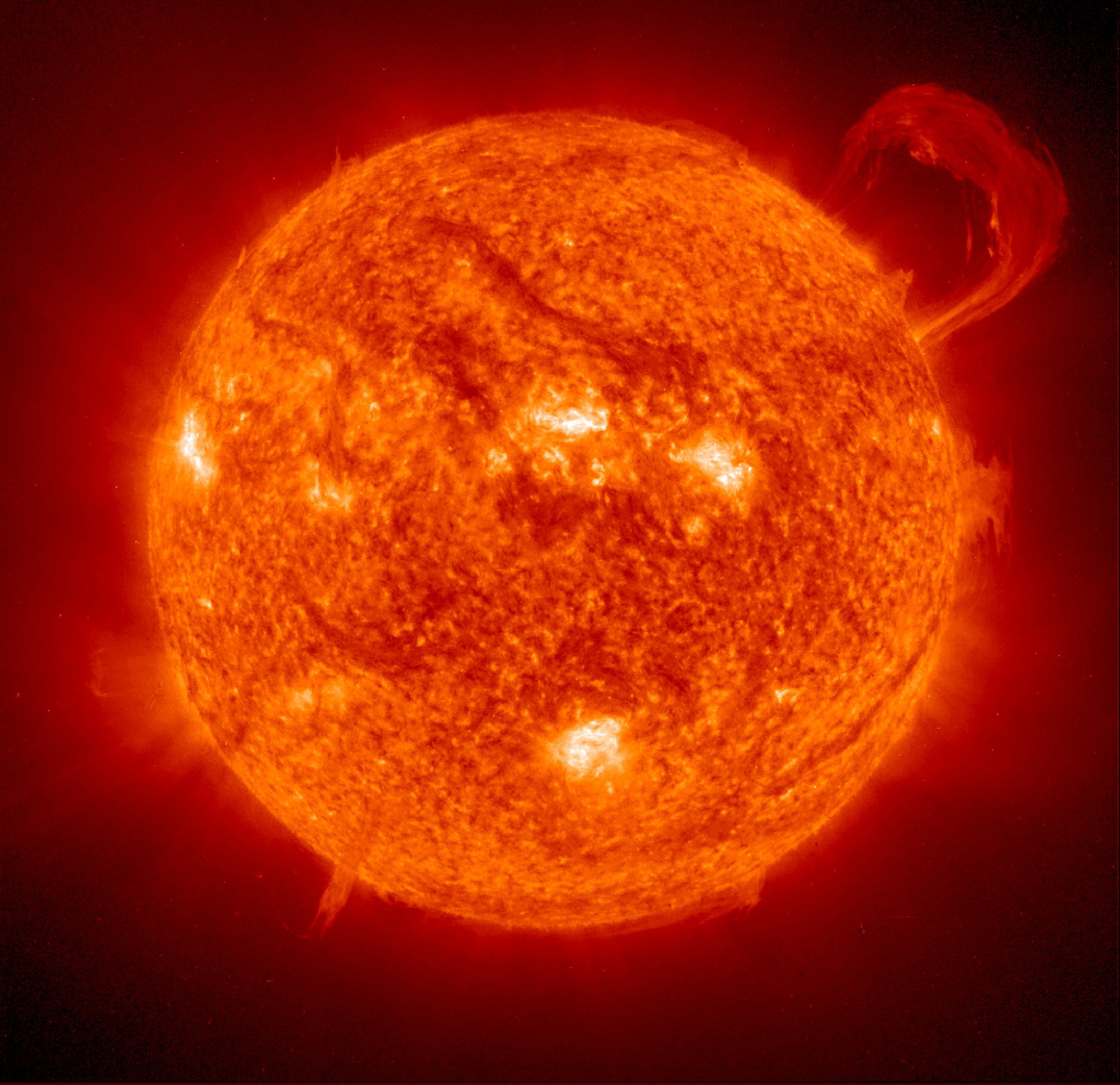Saturn, the sixth planet from our Sun, is a celestial wonder renowned for its magnificent rings. But just how massive is this gas giant compared to our home planet, Earth? This article delves into the sheer scale of Saturn, comparing its size, composition, and other fascinating characteristics to Earth.
Saturn’s Size Dwarfs Earth
Saturn’s immense size is one of its most defining features. With an equatorial diameter of approximately 74,897 miles (120,500 kilometers), Saturn is a staggering nine times wider than Earth. To put that into perspective, if Earth were the size of a nickel, Saturn would be about as big as a volleyball. This significant difference in size translates to an even greater difference in volume. Saturn could hold over 760 Earths within its vast expanse.
A size comparison showing how much larger Saturn is than Earth. While not to scale, this image highlights the dramatic difference.
More Than Just Size: Density Differences
While Saturn is significantly larger than Earth, it’s surprisingly less dense. In fact, Saturn is the only planet in our solar system with an average density less than water. This means that if you could find a bathtub large enough, Saturn would actually float! This low density is due to its composition, primarily hydrogen and helium, unlike Earth’s rocky, metallic structure.
A Look Inside the Ringed Giant
Saturn’s internal structure is also vastly different from Earth’s. At its core lies a dense mixture of metals like iron and nickel, surrounded by a layer of rocky material. Enveloping this core are layers of liquid metallic hydrogen and liquid hydrogen, all under immense pressure and heat. Unlike Earth’s solid surface, Saturn’s gaseous composition means it lacks a true surface. Any spacecraft attempting to land would be crushed and vaporized by the extreme conditions.
Orbits and Rotations: A Tale of Two Planets
Saturn’s orbital and rotational characteristics also differ greatly from Earth’s. Saturn takes approximately 29.4 Earth years to complete one orbit around the Sun, while Earth takes just one year. However, a day on Saturn is much shorter than on Earth, lasting only about 10.7 hours. This rapid rotation contributes to Saturn’s flattened shape at its poles.
Beyond Size: Rings, Moons, and More
Saturn’s iconic rings, composed of countless ice and rock particles, are another distinguishing feature. These rings, extending up to 175,000 miles (282,000 kilometers) from the planet, are a breathtaking spectacle and a testament to the forces at play in our solar system. Saturn also boasts a vast system of moons, with 146 confirmed moons and more awaiting official recognition.
Conclusion: A Giant Among Planets
Saturn’s colossal size, unique composition, and mesmerizing rings make it a truly remarkable planet. Its sheer scale, nine times wider than Earth, underscores the vastness and diversity of our solar system. While Earth remains our unique and precious home, understanding the grandeur of Saturn offers a profound perspective on our place in the cosmos.


